Lots of things are happening these days, my friends. We’re getting ready to roll on up to the International Sportsmen’s Expo in Sacramento, the guys at the plant are busy taking calls, emails, and new orders based on the incredible exposure generated by our EPA approval press release, and I’ve got a two or three updates for you.
Under the general heading of “it just keeps getting better,” I want to share with you another cool option we’re bringing your way, and that’s a set of auxiliary 12V power outlets that will be available as an option. This is going to get a bit confusing, so bear with me. We’re bringing you lots of accessory outlets to fully take utilize the Cyclone’s humongous 300-watt alternator.
I already shared with you that we are adding two separate 12V connectors, accessible beneath the Cyclone’s seat, with 12V power. These will be controlled by a right-handle-bar-mounted switch labeled O (for off), A1 (for Accessory 1), and A2 (for Accessory 2). We taking advantage of the fact that in the US market, the headlights are on all the time, so we’re able to use the switch the other markets use for controlling the headlight. And once again, this is standard equipment on your new Cyclone; you won’t have to pay extra for it.
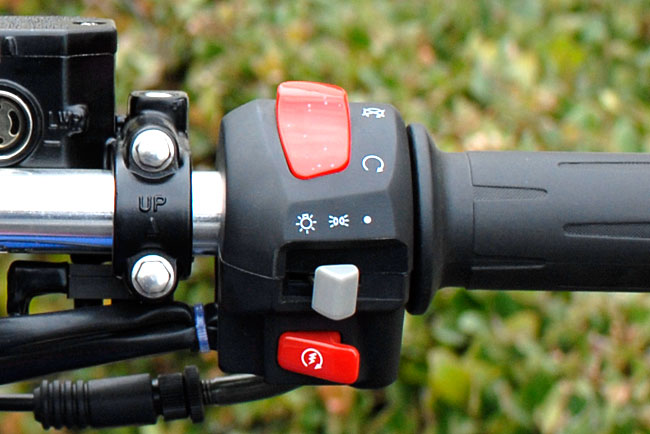
Your bike will use the grey toggle switch for O (off), A1 (Accessory 1), and A2 (Accessory 2) connector plug outlets beneath the seat
Squared away on that? Okay, here’s the next good deal. We’re bringing to you as an option an additional set of neatly-mounted accessory outlets, one for a standard cigarette-lighter-type 12V outlet, and the other for a USB 12V interface. Here’s what it will look like:
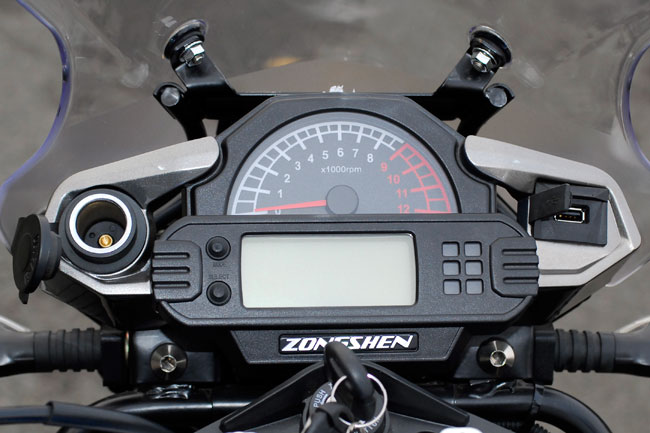
Our $99.95 12V power supply outlet option (which includes a standard cigarette lighter socket and a USB port)
The above cigarette lighter and accessory outlets, with the new dash mounting wings (and all required hardware and wiring) will cost you $99.95 if you decide to add it to your Cyclone.
We found out that this cool accessory power outlet kit required a complete new main wiring harness, and the cost for that was significant (it’s a whole new main wiring harness). But when we asked if we could just equip all of the Cyclones with the new main wiring harness (the one that will work with the new outlet kit), the answer was yes, and Steve said we’ll just include that with your new motorcycles (in other words, you won’t have to eat the cost of the new main harness; we will). If you want the new accessory outlet kit shown above, your price will be $99.95. You won’t have to buy the new main harness, because we’re having the bikes equipped with it from the factory. And before you ask, the USB port is a power outlet (it’s not a data outlet). Like I said, it’s complicated. But the bottom line is this:
- Your new Cyclone will have two 12V accessory plugs under the seat (those are included at no cost).
- If you want to add the dash-mounted accessory outlets (like you see in the picture above), that’s an option that we will sell to you for $99.95, and every Cyclone we sell will come to you wired to accept the dash-mounted accessory outlets.
All right…on to the next topic, and that’s the issue of the fuel gage showing the tank emptying too soon. I had commented on this before, and I told you I’d find out what we could do to address this. As I learned during my recent discussions with the Zongshen engineers, this isn’t a fuel gage accuracy issue. It’s a useable fuel capacity issue.
The Cyclone’s fuel tank holds 16 liters, which is about 4.3 gallons. I had commented that when ride the motorcycle, the fuel gage was reading lower than I expected based on the distances traveled. The Cyclone gets 70 mpg, but after traveling 150 miles or so it would show lower on the fuel gage than I would have expected, and in fact, when I refueled, the tank took less I thought it should have based on what the gage was showing. The fuel economy was there, but the capacity seemed inconsistent with the amount of fuel the tank was taking on fill ups.
The guys at Zongshen explained to me that the Cyclone is fuel injected (which I already knew), and that the fuel pump resided in the fuel tank (which I should have known, but it was something I had not thought about). After thinking about it for a second, though, I realized that all fuel injected vehicles (at least all of the ones I’m familiar with) use this same approach. They have to. The fuel pump needs to be in a bath of fuel for cooling, and keeping it in the fuel tank does that.
I knew where this was going as soon as the Zongshen engineers started to explain it to me, and my next question was this: Is that 16 liter capacity what the fuel gage is based on, or is it something less? You can guess the answer. It is something less. As Zongshen explained, they like to keep 4 liters (out of the 16 total) in the fuel tank to cool the fuel pump. That means the fuel gage is based on a useable max capacity of 12 liters. 12 liters converts to 3.17 gallons, and at 70 mpg, that converts to a range of 221.9 miles.
So, the bottom line to all of this:
- The perceived fuel gage inaccuracy issue was not an inaccuracy issue at all. It was a question of what Zongshen based the measurements on.
- The range of the Cyclone is about 222 miles if you observe the Zongshen recommendation not to go below 4 liters remaining in the tank.
- The Cyclone’s fuel gage is based on abiding by the “don’t go below 4 liters left in the tank” recommendation. But you don’t have to. If you want to run the fuel level lower (beneath the lowest level indicated by the gage), the bike won’t stop you from doing that.
- The real range of the Cyclone probably exceeds the 222 miles expressed above, but using this range would bring the remaining fuel in the tank to a lower level than recommended for fuel pump cooling.
A 222-mile range is still pretty good. It’s good enough to get from El Rosario to Guerrero Negro down in Baja, and that’s my benchmark. It’s complicated, I know. But now you have the facts, and in the interests of being completely open with you, we’re sharing them here.
The last issue concerns speedometer accuracy. The engineers at Zongshen were real helpful on this, and they agreed to meet our requirement that the speedometer accuracy be tightened up substantially. It won’t be spot on, but it will be better than the 15% optimistic readings we’re getting from our initial three test bikes.
That’s it for now, folks. Stay tuned, because as always, there’s more good stuff coming your way.
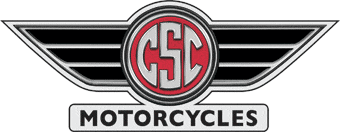




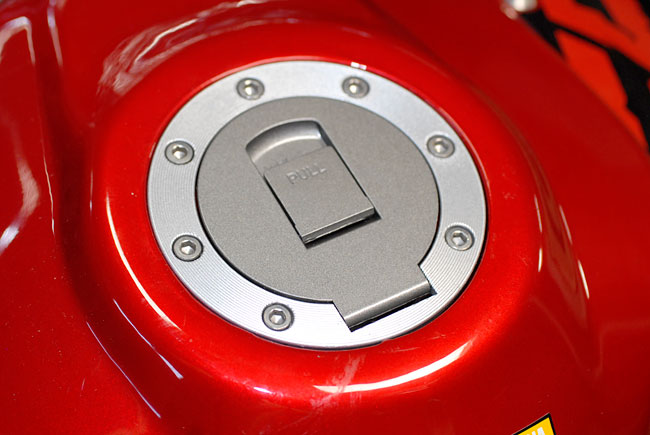
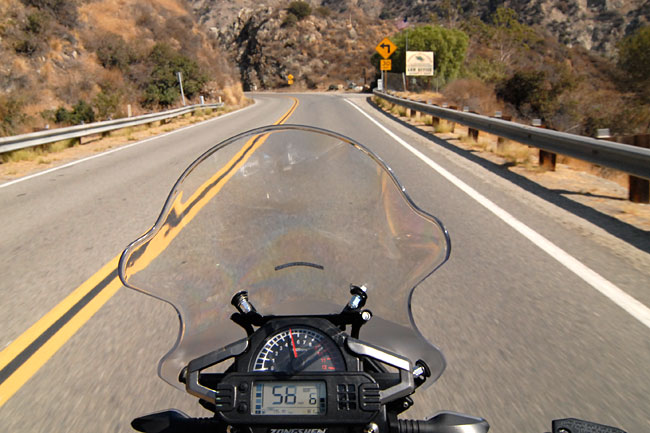
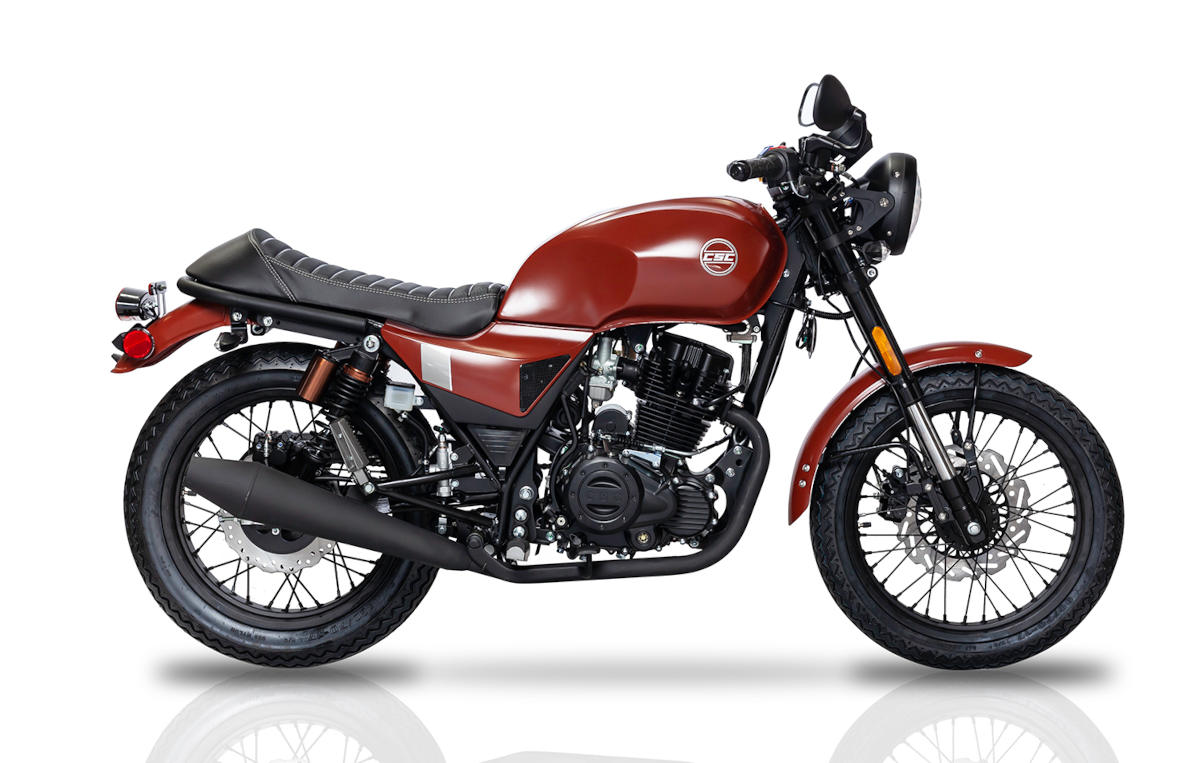 SG250 San Gabriel Cafe Racer
SG250 San Gabriel Cafe Racer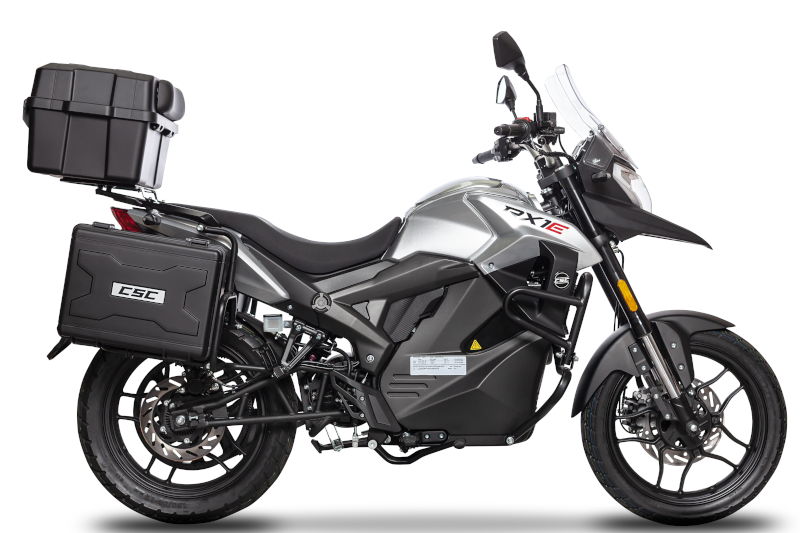 RX1E Electric Motorcycle
RX1E Electric Motorcycle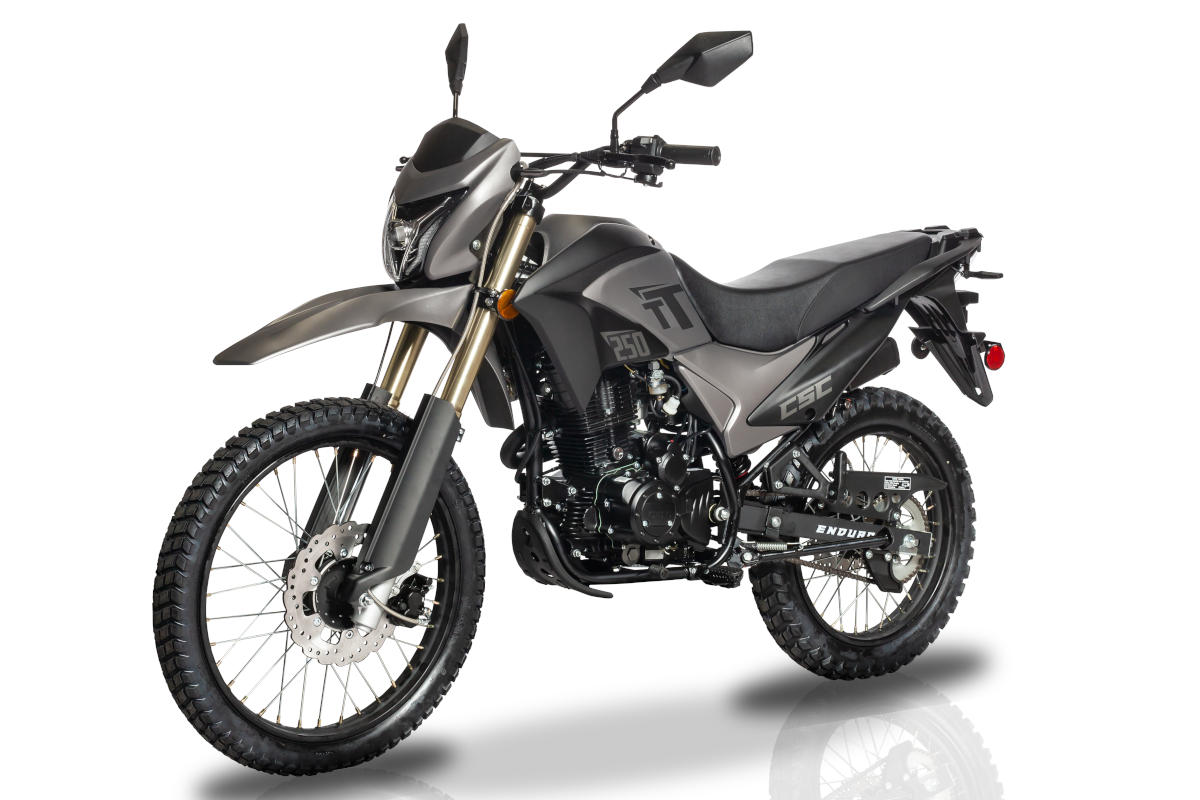 TT250 Enduro
TT250 Enduro